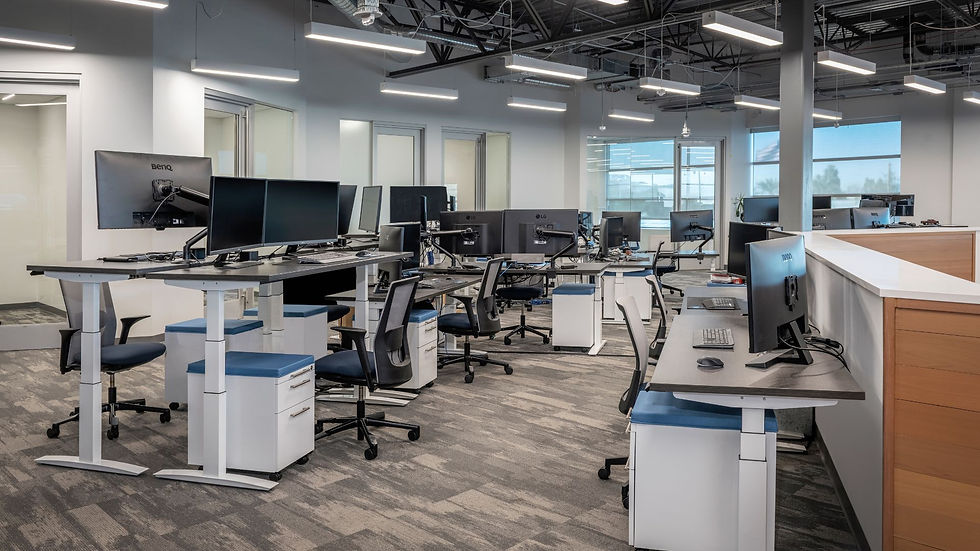A 28% Ad Spend Surge Shows HCP & Patient Alignment
- G-Med Team

- Jul 27
- 2 min read
In the second quarter of 2025, the pharmaceutical industry’s national TV ad spending surged by 28% compared to the same period last year. On its own, that figure is striking—but it's even more meaningful when considered alongside a broader transformation in how pharma brands are engaging both patients and healthcare professionals. No longer content with siloed marketing strategies, the industry is leaning into a dual focus: reaching empowered patients while continuing to support and influence clinical conversations among HCPs.

Nearly $3 billion was spent on national US TV advertising in just the first half of this year. That level of investment isn’t just about visibility, it’s about staying relevant in a healthcare landscape where information flows freely, and where patients and physicians alike are influenced by the same media environments. Brands like AbbVie’s Skyrizi and Novo Nordisk’s Wegovy aren’t just targeting consumers—they’re shaping expectations, questions, and preferences that inevitably show up in the exam room.
Skyrizi led Q2 spending with over $100 million, using emotionally resonant messaging that centers on quality of life. Its “In the Picture” campaign speaks not only to patients, but also subtly informs HCPs of the brand’s growing mindshare among their patient population. Wegovy’s $96 million spend, tied to a bold "$0 out-of-pocket" message, echoes in both patient expectations and payer conversations. These aren’t isolated consumer plays—they’re strategic moves in an integrated ecosystem where the lines between DTC and HCP marketing are increasingly blurred.
At the same time, therapeutic areas like diabetes and weight loss—dominated by brands like Ozempic, Zepbound, and Mounjaro, accounted for over $400 million of that ad spend. The urgency to stake a claim in these competitive categories has prompted marketing strategies that are as much about framing the clinical conversation as they are about building consumer desire.
What we’re seeing isn’t a pivot away from healthcare professionals—it’s a recalibration. Pharma understands that HCPs remain central to the treatment journey. But it also recognizes that patient-driven demand is influencing prescribing behavior, adherence, and trust. TV advertising, once considered a blunt instrument, is now part of a much more sophisticated, multi-channel strategy that aims to influence every stakeholder involved in healthcare decision-making.
This 28% year-over-year spike in TV ad spending signals more than just financial commitment—it reflects a new marketing philosophy. One that acknowledges the power of the informed patient, respects the authority of the clinician, and sees the value in engaging both with equal precision and purpose.
G-Med excels in HCP marketing by blending digital innovation with data-driven insights, creating an effective platform for reaching healthcare professionals, offering various advertising solutions. By using G-Med to engage HCPs, share data reports, and explore innovative channels, marketers can deliver targeted, impactful messages that foster strong connections. G-Med’s approach ensures that each campaign is tailored, scientifically rigorous, and effective, aligning perfectly with the best practices for successful HCP marketing.
Contact us today to learn more: Contact@g-med.com
.png)



